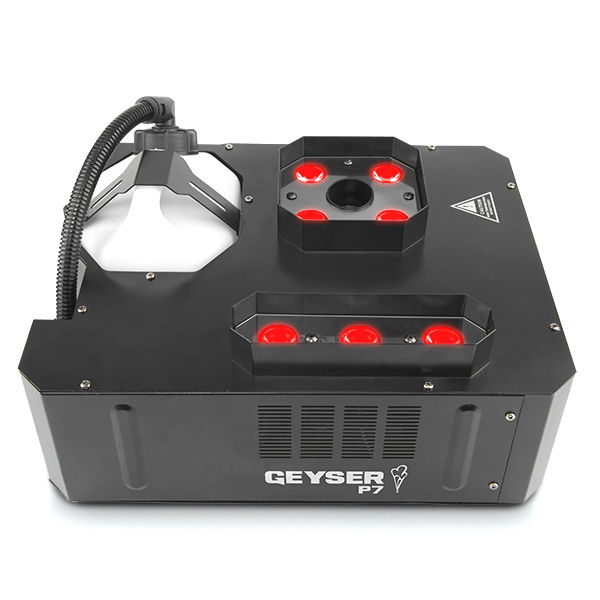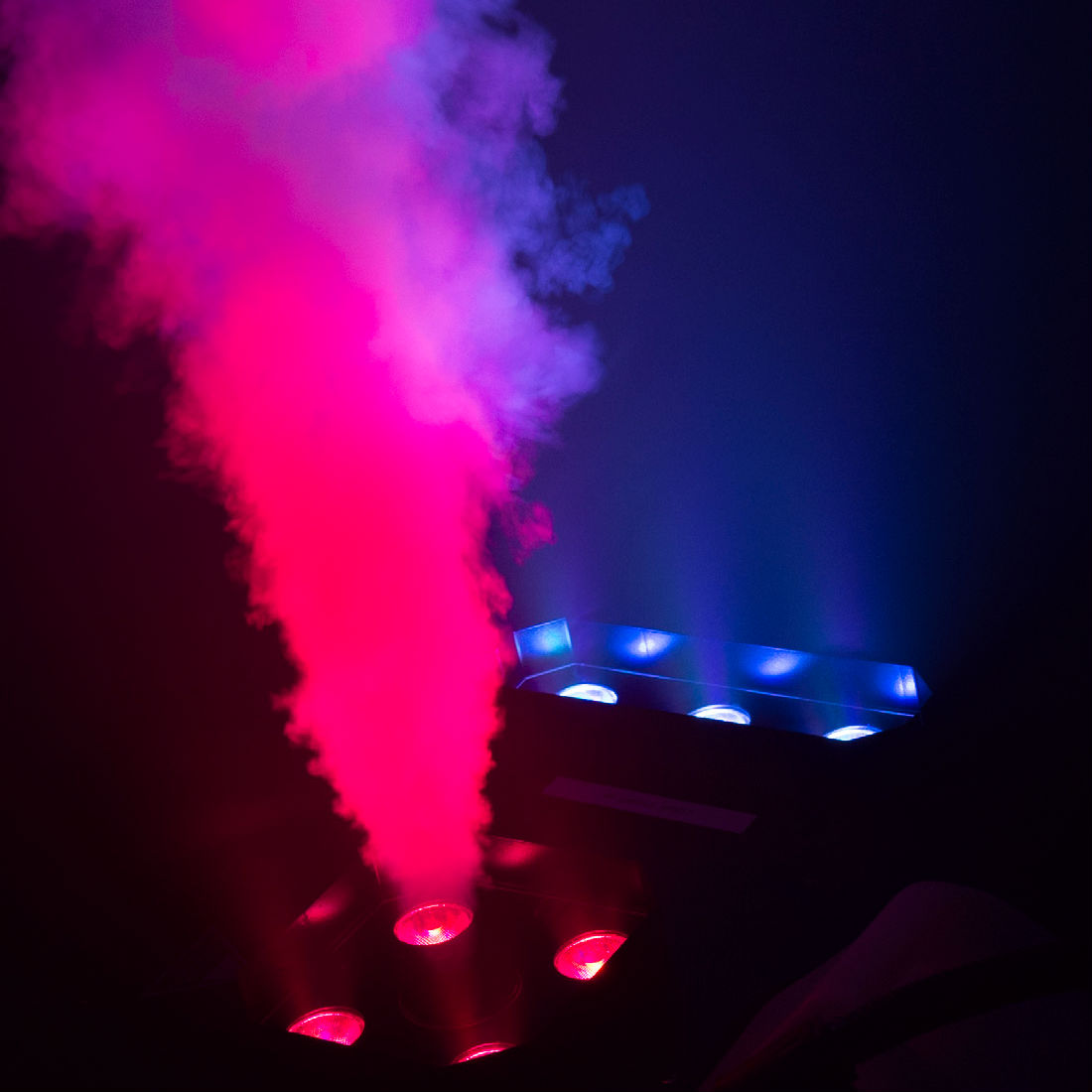Strobelights - Exploiting Our Eyes
Whether you like it or not, you can't always believe your eyes. Of course this isn't a new fact for most people; artists and scientists throughout history have used optical illusions to fool us and to study how the process of vision works. One of the most interesting of these illusions, one that allows us to enjoy everything from "Citizen Kane" to "Fear Factor", is the stroboscopic effect.
In a nutshell, our brains can only process so many individual images every second. If an image changes rapidly, say more than 24 times per second, our brains simply "blend" all of the images into one smooth picture. This "visual indolence" was exploited as far back as the 19th century to create thaumatropes -- toys that created simple optical illusions. Michael Faraday, the British physicist, was very interested in this effect, constructing devices to study it. Later inventors found that they could paint a series of images on Faraday's discs and create the illusion that the pictures were in motion. This discovery is considered by many to be the birth of the cinema.
The strobe light was developed as a way to combat the stroboscopic effect. When used in a darkened room, a strobe light will bring the number of images we see down to anywhere from 1 to 50 per second. By reducing the number of images we see, the strobe light allows us to instead perceive an individual aspect of an object in motion. This has proved valuable in studying all sorts of fast-moving phenomena. Famously, Harold "Doc" Edgerton, an engineer, inventor and professor at MIT, used a combination of strobe lights and high-speed cameras to capture images normally too fleeting for us to see. You've probably seen his photographs of water droplets and bullets smashing apples, or similar pictures inspired by his work, in books on science as well as photography journals.
Of course, the entertainment industry was quick to adopt the strobe light for its own purposes. The herky-jerky "stop motion" effect created when performers are lit with a strobe is great for when a director wants an unnatural or disorienting effect on stage. To get the best effect from a strobe light, however, it's important to follow some basic guidelines.
Remember that the strobe light works by limiting what our eyes can perceive and so works best in a very dark space. If there's enough light to see the performers when the strobe light is between flashes, the effect will be ruined. Also bear in mind that strobes have a limited range. You'll have to experiment a bit to find exactly how much of the stage the light from your strobe will cover. Once you've determined the area of coverage, keep any action you want visible within that area! In general, the closer your subject is to the light the more powerful the strobe effect will be.
Try not to overuse your strobe lights; not only do you risk boring your audience with "yet another strobe scene," but you may find audience members complaining of headaches or sore eyes at the end of the show. If you find yourself writing more than a half-dozen strobe cues into a two-hour show, take another look and see if there isn't some other way to create the look you're after. In addition, try not to focus the strobes so that they point out at the audience or, if you simply must have audience blinders, use them sparingly and only for a few seconds at a time. No one likes having lights flashed in their eyes, and your audience will quickly lose patience with you if they feel they're enduring too much.
Finally, you should be sure to post signs advising your audience that strobes are being used in your performance. While there is some debate over whether theatrical strobes can cause seizures, the fact remains that some audience members aren't comfortable with strobe lighting, it's just good manners to let them know what they're in for.
*********************************************
Theatre Effects Customer Service Department
service@theatrefx.com
www.theatrefx.com
Theatre Effects, 1810 Airport Exchange Blvd. #400, Erlanger, KY 41018
Phone: 1-800-791-7646 or 513-772-7646 Fax: 513-772-3579









